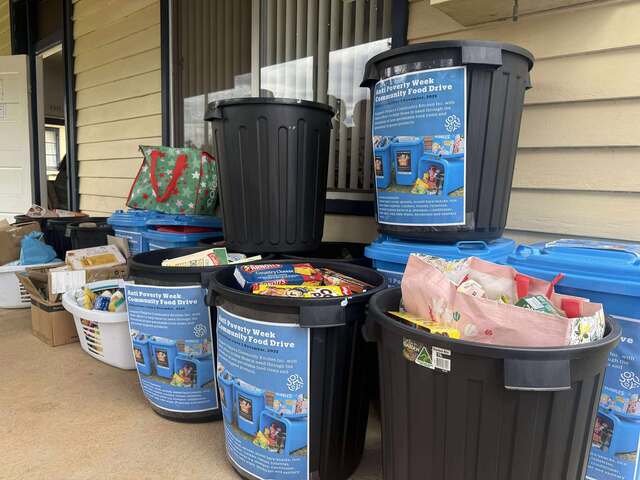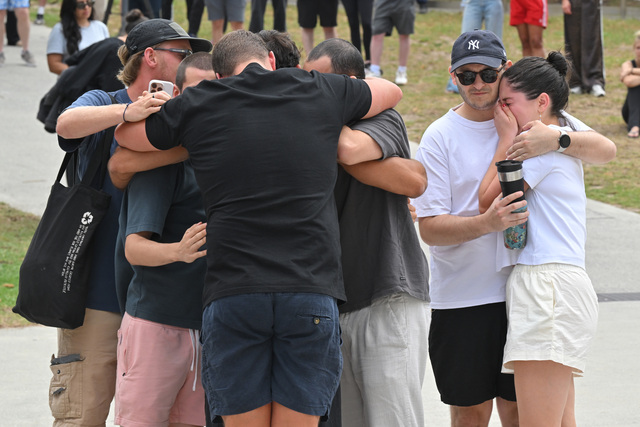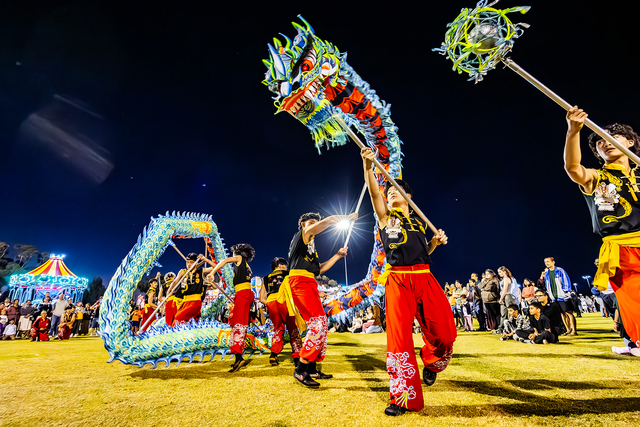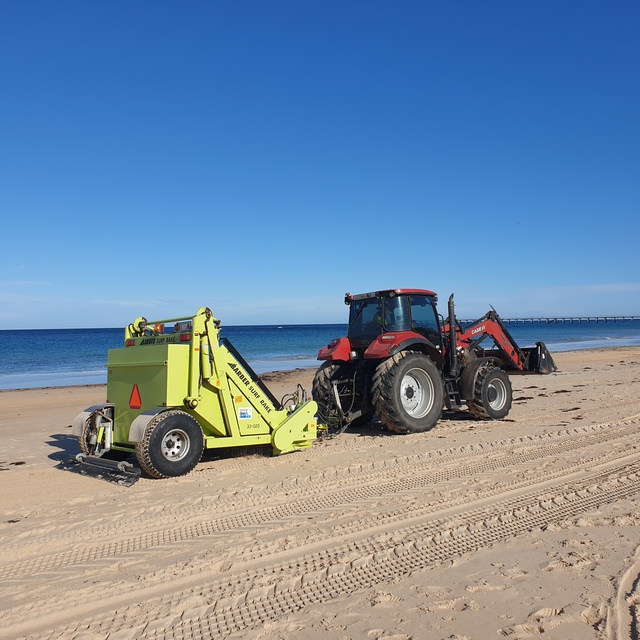With a long record of innovation in waste management, MidCoast Council’s new integrated waste management facility at Tuncurry is a multi-award winner, most recently recognised as a finalist in two categories at the New South Wales Local Government Excellence Awards.
It’s design has already been recognised for engineering excellence by the Institute of Public Works Engineering Australia (IPWEA), awarded gold in the ‘Environmental Enhancement’ category last year, and in March the facility took out the national title for innovation in the Waste Management and Resource Recovery awards.
Transforming a landfill site into a $4.5 million multifunctional integrated waste management facility, the state of the art centre incorporates community recycling, a dual digital ‘net weighing’ weighbridge system, and waste transfer station alongside a community precinct.
The one stop community recycling precinct features a welcoming entryway that creatively showcases recycled materials, and adjoins a large Green Shop focused on reuse of dropped off unwanted items.
On site is a community precinct, a thriving recycling, reuse and upcycling hub, with hands on volunteers involved in all activities.
Forster Tuncurry Men’s Shed members reuse timber and metal recovered from the site, and a Green Bikes centre is dedicated to repairing discarded bikes. Visitors can recycle using the Return and Earn facility, participate in a regular program of activities at ‘The Green’ – an educational workshop and community gathering space, or grab a bargain at the popular tip shop.
Acting Planning and Natural Systems Director, Paul De Szell, said, “The waste team worked closely with our engineers and project managers, to transform the industrial, at capacity landfill site into a recycling precinct where our community feels welcome and are encouraged to reimagine the way they think about waste.”
Environmental considerations throughout the design and construction phase included the use of crushed glass and rainwater harvesting to create a water sensitive urban design, relocating tree stumps for rehabilitation of a sewer treatment site, use of woodchips for landscaping, recycled materials used in hard stand pavements, installation of skylights, and reuse and repurposing of components from the existing facility.
Since opening in November 2017, the Centre has achieved some outstanding results, with an increased diversion of hazardous waste by 126.85 percent annually.








